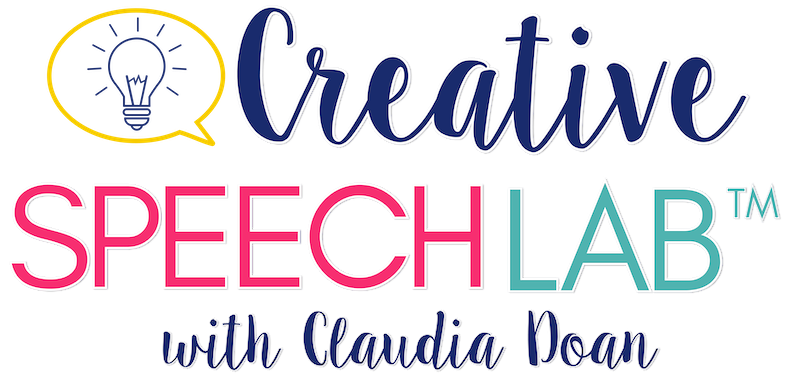What happens before children set foot in your classroom?
Did each child hear millions of words from their family members?
Is there a pile of books in every home?
Are you able to tap into an arsenal of language-rich experiences such as trips to the aquarium that teach the meaning of the word whale like nothing else can?
The sad reality is that we are faced with a very real vocabulary gap.
Researchers estimate that by age 3, children from higher socioeconomic backgrounds hear 30 million more words than their lower income counterparts. This staggering statistic has lifelong implications for many children we serve as speech-language pathologists.
So, how can we help bridge that gap? What approaches will build a foundation of vocabulary upon which we can help our students make connections and develop higher level language skills? How can we make vocabulary really stick in the minds of our students in a meaningful way?
Here are 5 helpful strategies for making our vocabulary instruction last.
- Send home simple tips for families
It’s no secret that parents often feel overwhelmed. Make it easy for families to cultivate a language-rich home by sending them post-it note, e-mail or general newsletter focusing on one aspect of their daily routine (e.g. car rides, mealtime, bedtime) and easy ways to embed vocabulary into it. I sometimes send home speech and language recipes I put together because families have to eat so why not pepper in some language?
If you enjoy collecting children’s books like me, create your own mini speech/language library. Ask your students to select a book that interests them and review it together. Send it home for the week with a post-it note that shares suggestions for how to maximize vocabulary learning.
2. Become involved with field trips
If at all possible, I want my students to learn what a lion is and what it’s vocabulary attributes are by seeing one at the zoo rather than on one of my photo cards. Field trips provide a powerful means for making vocabulary tangible, meaningful and memorable. These experiences naturally facilitate the formation of vocabulary schema and the sorting of attributes, which you can further maximize in therapy sessions.
3. Harness language-rich experiences through technology
While it’s not always feasible to attend field trips with our students, we can bring field trips to them via technology! Personally, I’ve found it immensely rewarding to take students who do not have opportunities to travel on language-rich virtual field trips which can easily be found online.
If you’re not familiar with Skype in the Classroom, I can’t recommend it highly enough! This online resource provides virtual field trips, guest speakers and so much more. Imagine how meaningful and lasting your vocabulary instruction can be as you prepare your students for a Q & A session with an Olympic athlete!
4. Teach in the Context of an experience in the school building
True story. Some of my most effective vocabulary instruction occurred in specials classes. Why? Physical education and art classes are filled with an abundance of complex vocabulary. Here are some examples highlighted in bold text.
“After I blow the whistle, run around the cone 2 times, jump over the hula hoop and return to the line.”
“Fold the paper in half and draw a small circle on the top right corner of the page. Don’t draw anything on the left half yet.”
Can you see where some of our students get lost in the language? I’ve seen many children get in trouble for not listening or even act out in these classes. Not only is our support incredibly helpful in these situations, our instruction then becomes especially meaningful and memorable as our students bring the vocabulary to life through action.
Another great way to teach vocabulary through meaningful experiences in the school building is by providing speech, language and social-communication support in the context of school jobs, clubs and events (i.e. bake sales, fundraisers).
5. Bring Experiences Into the Speech Room
I’m a big believer in the value of incorporating experiential learning principles into our practice as speech-language pathologists to bridge the vocabulary gap. What does this mean exactly? When children learn novel words in the context of an actual experience, they are highly likely to store this vocabulary in their long-term memory. This doesn’t have to be hard. I do it all the time. It can be as simple as thoughtfully engaging children in play-based therapy.
Once you get the hang of it, it’s actually quite easy to transform a traditional therapy lesson into an experiential one. In fact, over the years, I’ve compiled over 40 lessons that have helped my students internalize and generalize vocabulary the way no other approach I’ve tried has.
How do you make vocabulary stick? Collectively, we can do so much to bridge the word gap. If you have any ideas please share them by commenting below!




One Comment
Great suggestions! Kids come to school with such different backgrounds. We assume each child has heard 6 million words by first grade, but we don’t know the span on either side of that number. I love the ideas to work with building experiences – that’s where the vocabulary comes from. Thank s for a great post.